In today's business environment, tender and contract management is required more. Managing multiple tenders and contracts often overwhelms organisations, primarily when relying on manual processes. Technology has emerged as a transformative force, addressing inefficiencies and enabling businesses to achieve better accuracy, transparency and productivity.
In this article, we will discuss:
-
The Challenges of Traditional Tender and Contract Management
-
How Technology is Transforming Tender and Contract Management
-
The Benefits of Introducing Technology
-
The Trends in Tender and Contract Management Technology
The Challenges of Traditional Tender and Contract Management
Many businesses still rely on traditional tender and contract management processes. Tracking multiple tenders and contracts often becomes daunting, increasing the risk of missing deadlines or mismanaging resources.
Compliance is another significant challenge. Meeting legal standards becomes overwhelming, especially when regulatory requirements grow more complex. Additionally, documentation and approval processes are frequently slowed by such administrative bottlenecks, further complicating the management process. These challenges underline the pressing need for technological solutions to streamline and optimise operations.
How Technology is Transforming Tender and Contract Management
Technology has introduced innovative solutions to improve the inefficiencies of traditional processes.
One significant advancement is the rise of e-procurement platforms. These platforms digitise the tendering process, from publishing opportunities to evaluating bids. They allow businesses to communicate more effectively with vendors, automate notifications and track bids in real-time.
Contract lifecycle management (CLM) software also reduces administrative tasks by automating contract creation, approvals and renewals. Centralised digital storage ensures that important documents are always accessible and up to date, minimising the risk of errors or miscommunication.
Artificial intelligence (AI) is another technology wave. AI-powered tools can analyse vast amounts of data to provide predictive insights, automate risk assessments and flag potential compliance issues before they escalate. Machine learning further enhances decision-making by identifying trends and suggesting improvements based on historical performance.
Blockchain technology can increase transparency and security. Blockchain's immutable ledger ensures that all stakeholders have access to accurate and tamper-proof records, which is particularly useful in high-stakes tendering processes.
Cloud-based solutions, like DocuSign, have revolutionised collaboration by allowing geographically dispersed teams to work together seamlessly. With real-time updates and secure document sharing, cloud technology ensures everyone is on the same page, reducing delays and miscommunication.
Finally, data analytics tools empower businesses to evaluate their tendering and contracting performance effectively. By analysing past results and identifying trends, organisations can refine their strategies and improve outcomes.
The Benefits of Introducing Technology
Integrating technology into tender and contract management offers a lot of benefits. Automation reduces processing times and eliminates repetitive tasks, freeing up resources for strategic priorities. The reduction in errors leads directly to cost savings, while centralised systems enhance compliance and reduce the risk of legal issues.
Collaboration improves with the adoption of cloud-based platforms. Teams can work together more effectively, regardless of location, and real-time updates ensure everyone can access the most current information. Additionally, data-driven insights provide organisations with a deeper understanding of their operations, enabling smarter and more informed decision-making.
The Trends in Tender and Contract Management Technology
Technology is expected to continue to redefine tender and contract management. For instance, artificial intelligence and blockchain are anticipated to accelerate this process, creating smart contracts that can automatically execute terms when conditions are met. Mobile-first platforms will also make tendering and contract management more accessible, allowing users to handle tasks from anywhere.
Advancements in predictive analytics will offer better forecasts, enabling businesses to anticipate risks and optimise strategies precisely. These trends signal a future where technology becomes a useful tool in tender and contract management.
Technology is revolutionising tender and contract management, offering solutions that streamline workflows, reduce risks and enhance decision-making. By adopting digital tools, organisations can stay competitive, improve efficiency and achieve better outcomes. If you're ready to take your expertise to the next level, consider enroling in the Mastering Tenders and Contract Management training course by London Training for Excellence. This comprehensive programme will provide updated knowledge and tools in tenders and contract management.
Written by London Training for Excellence Team
About the author:
The author is a passionate advocate for continuous learning and professional development. With a rich background in training and consultancy, the author had the privilege of working with diverse industries across the globe, helping professionals sharpen their skills and excel in their careers.
All Courses
 Business Administration
Business Administration
 Chemical Engineering
Chemical Engineering
 Communications and Public Relations (PR)
Communications and Public Relations (PR)
 Compliance and Legal
Compliance and Legal
 Contract and Project Management
Contract and Project Management
 Customer Experience and Relationship Management
Customer Experience and Relationship Management
 Energy and Sustainability
Energy and Sustainability
 Finance and Accounting
Finance and Accounting
 Health, Safety and Environment
Health, Safety and Environment
 Human Resources and Talent Development
Human Resources and Talent Development
 Industrial Manufacturing and Production
Industrial Manufacturing and Production
 Innovation and Artificial Intelligence (AI)
Innovation and Artificial Intelligence (AI)
 Leadership and Management
Leadership and Management
 Oil and Gas
Oil and Gas
 Procurement & Supply Chain Management
Procurement & Supply Chain Management
 Quality and Productivity
Quality and Productivity
 Retail and E- Commerce
Retail and E- Commerce
 Sales and Marketing
Sales and Marketing
 Sports Event Management and Operations
Sports Event Management and Operations
 Strategy and Business Planning
Strategy and Business Planning
 Sustainability and CSR
Sustainability and CSR
Learning Solutions
iLearn Blog
About Us
 Directory Calendar
Directory Calendar
 Contact Us
Contact Us
All Courses
 Business Administration
Business Administration
 Chemical Engineering
Chemical Engineering
 Communications and Public Relations (PR)
Communications and Public Relations (PR)
 Compliance and Legal
Compliance and Legal
 Contract and Project Management
Contract and Project Management
 Customer Experience and Relationship Management
Customer Experience and Relationship Management
 Energy and Sustainability
Energy and Sustainability
 Finance and Accounting
Finance and Accounting
 Health, Safety and Environment
Health, Safety and Environment
 Human Resources and Talent Development
Human Resources and Talent Development
 Industrial Manufacturing and Production
Industrial Manufacturing and Production
 Innovation and Artificial Intelligence (AI)
Innovation and Artificial Intelligence (AI)
 Leadership and Management
Leadership and Management
 Oil and Gas
Oil and Gas
 Procurement & Supply Chain Management
Procurement & Supply Chain Management
 Quality and Productivity
Quality and Productivity
 Retail and E- Commerce
Retail and E- Commerce
 Sales and Marketing
Sales and Marketing
 Sports Event Management and Operations
Sports Event Management and Operations
 Strategy and Business Planning
Strategy and Business Planning
 Sustainability and CSR
Sustainability and CSR
Learning Solutions
iLearn Blog
About Us
 Directory Calendar
Directory Calendar
Contact Us









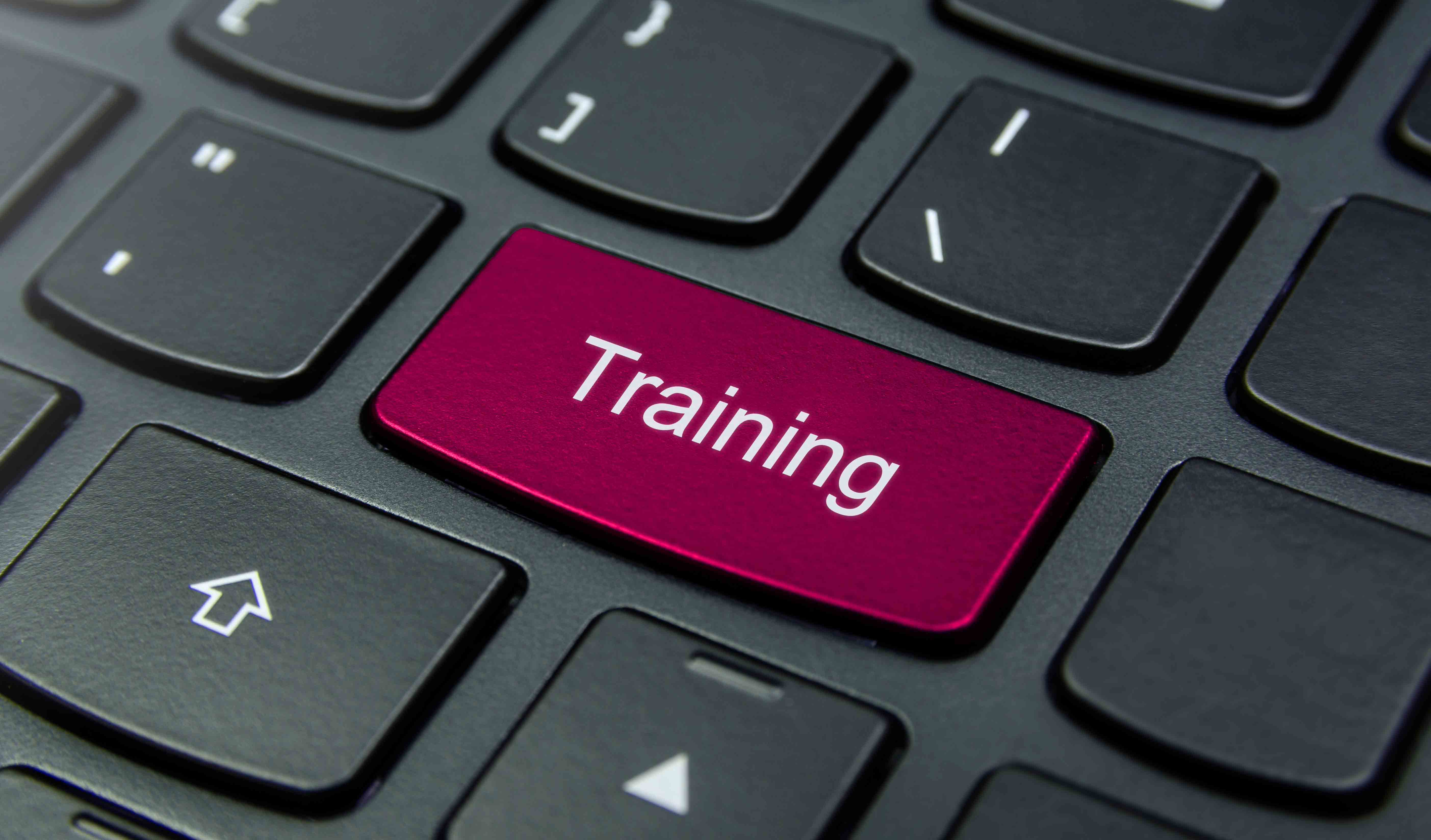
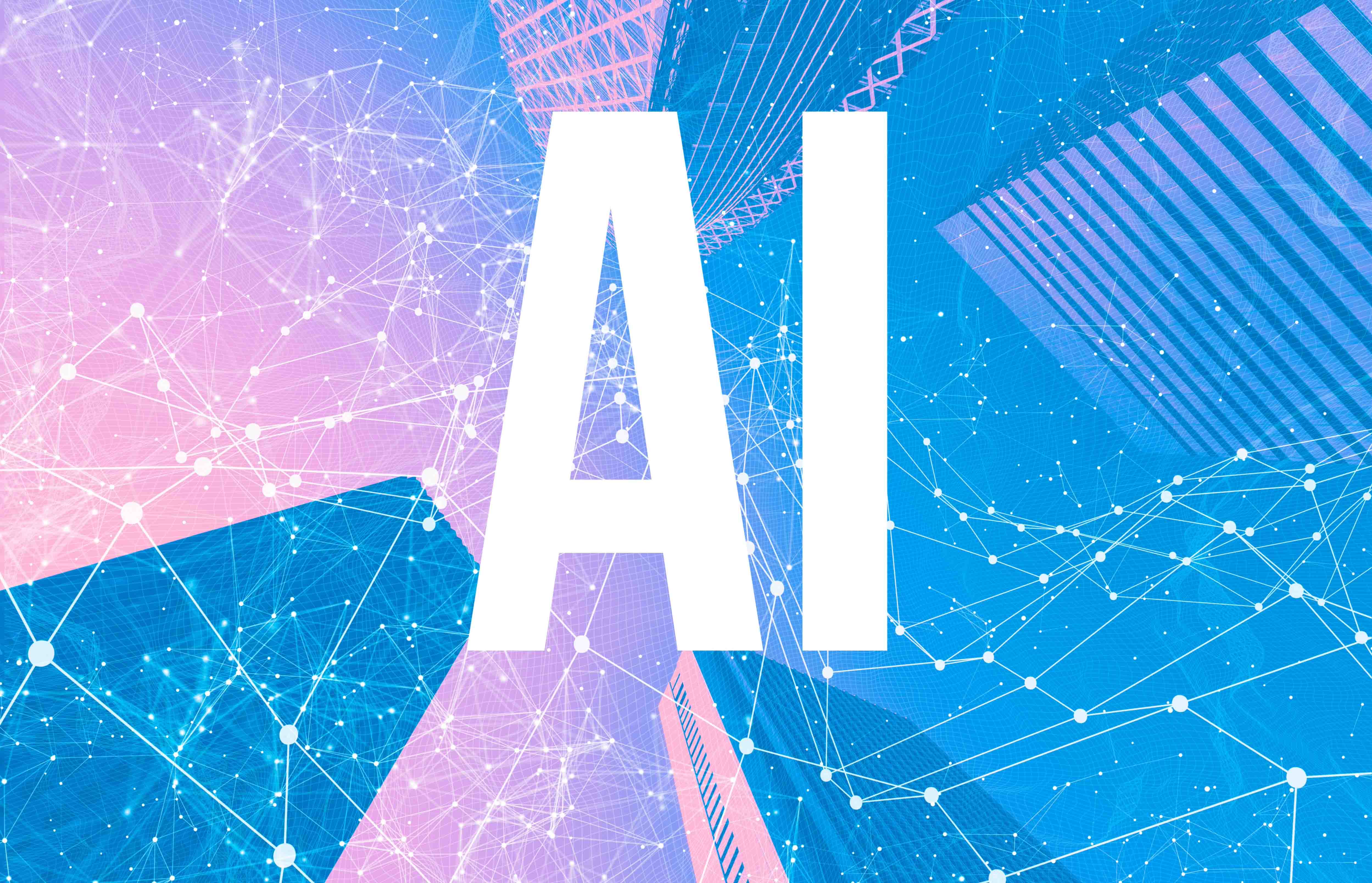







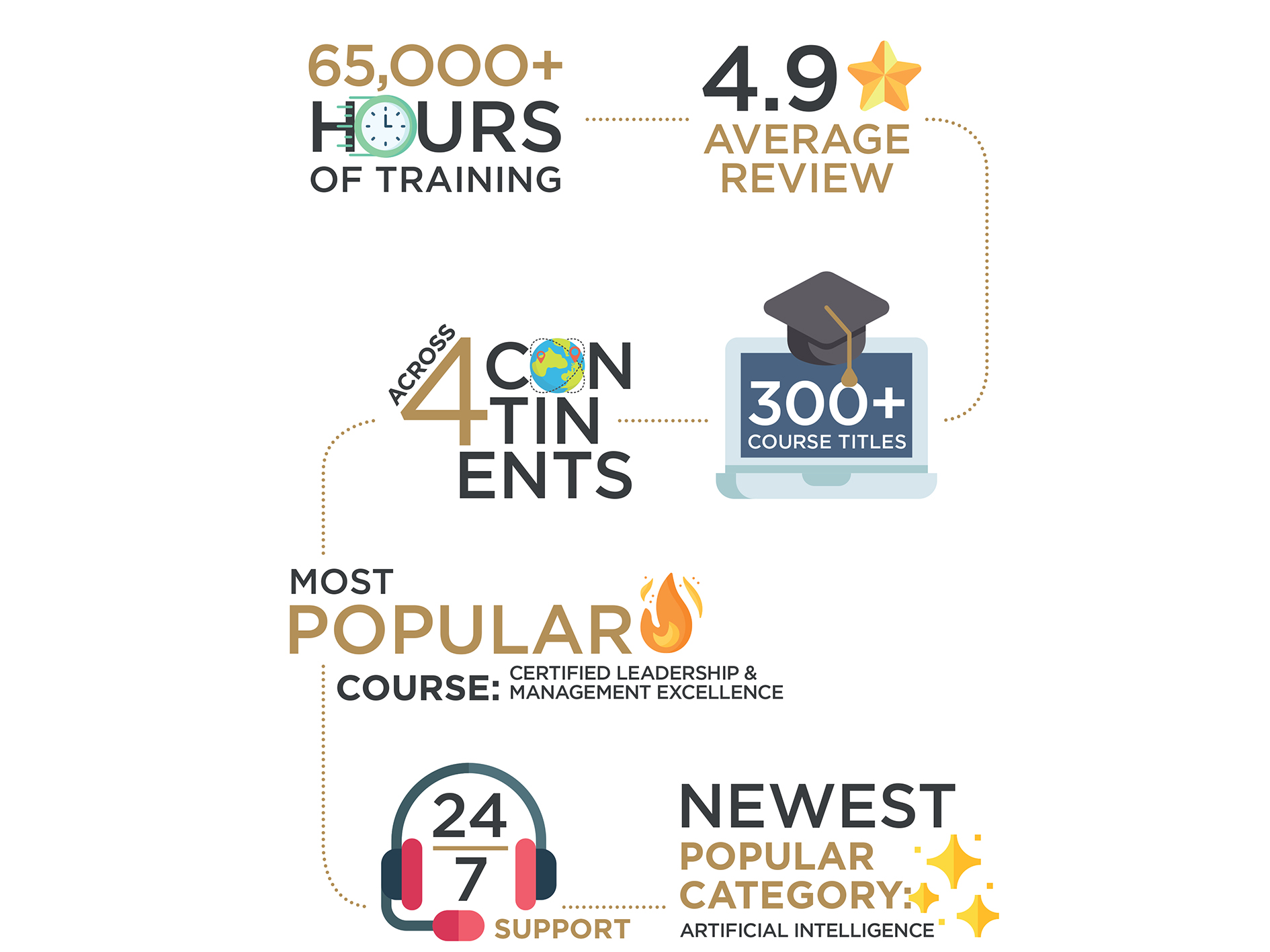



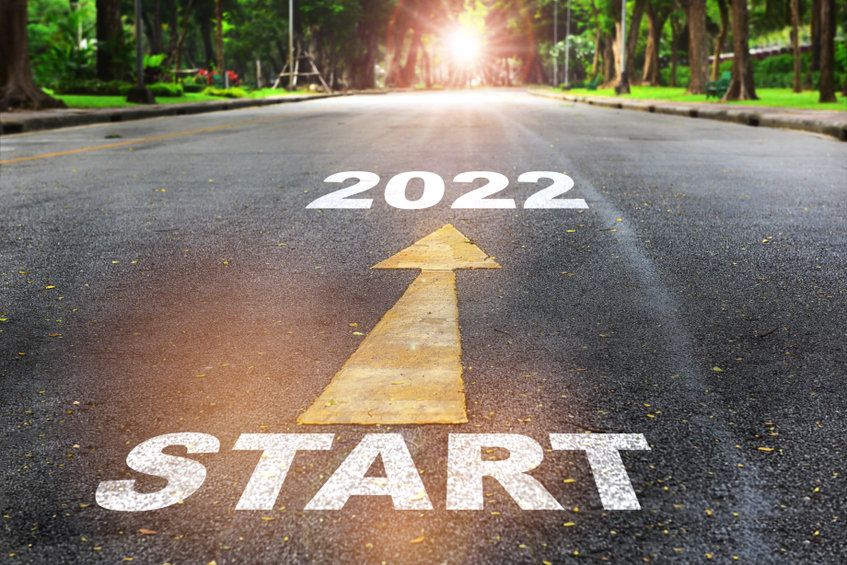


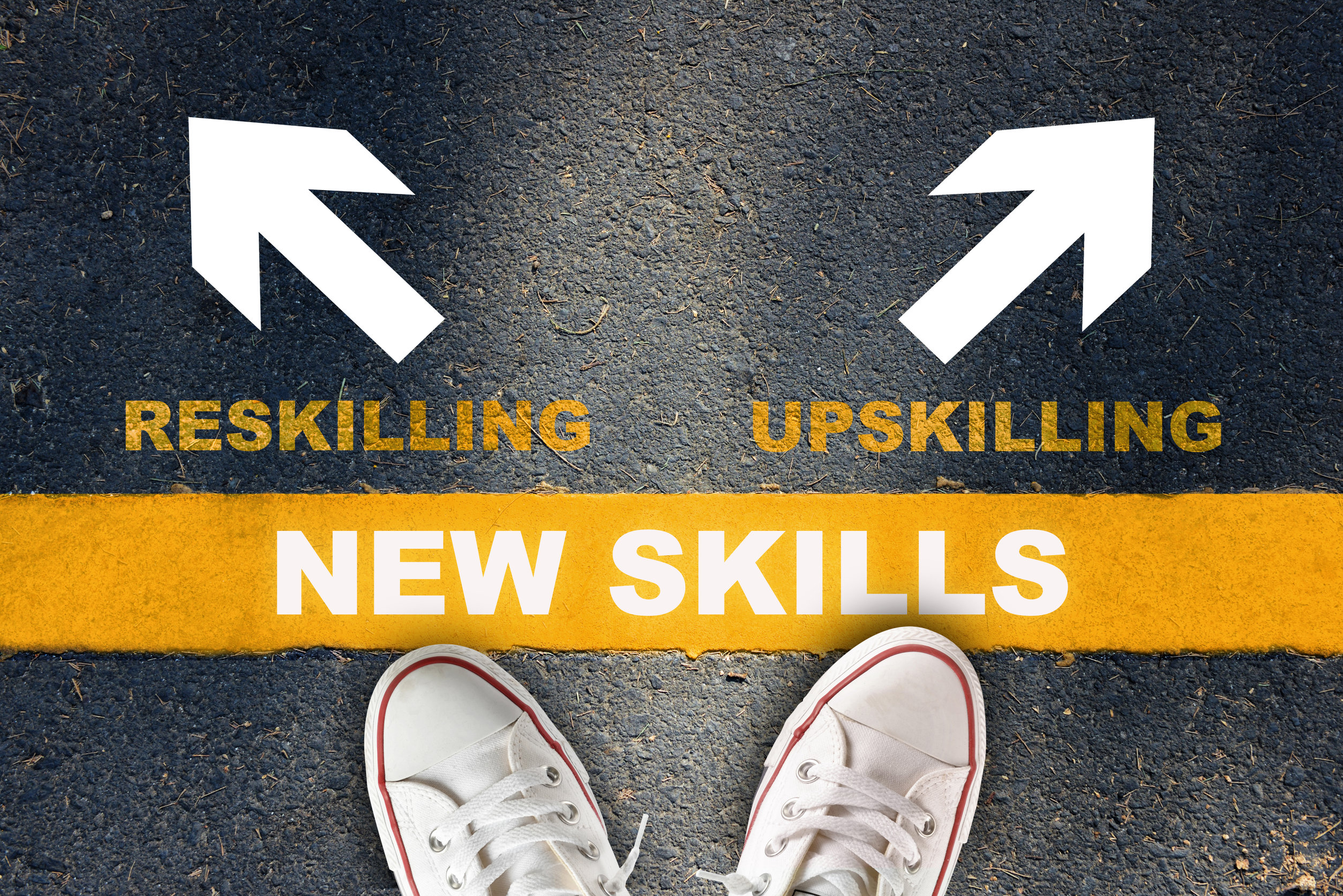

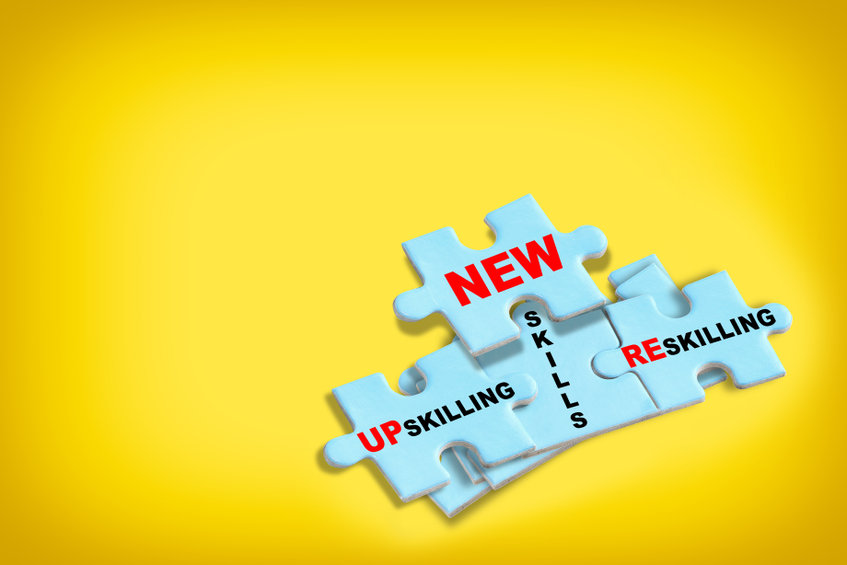


















 Course Venue
Course Venue